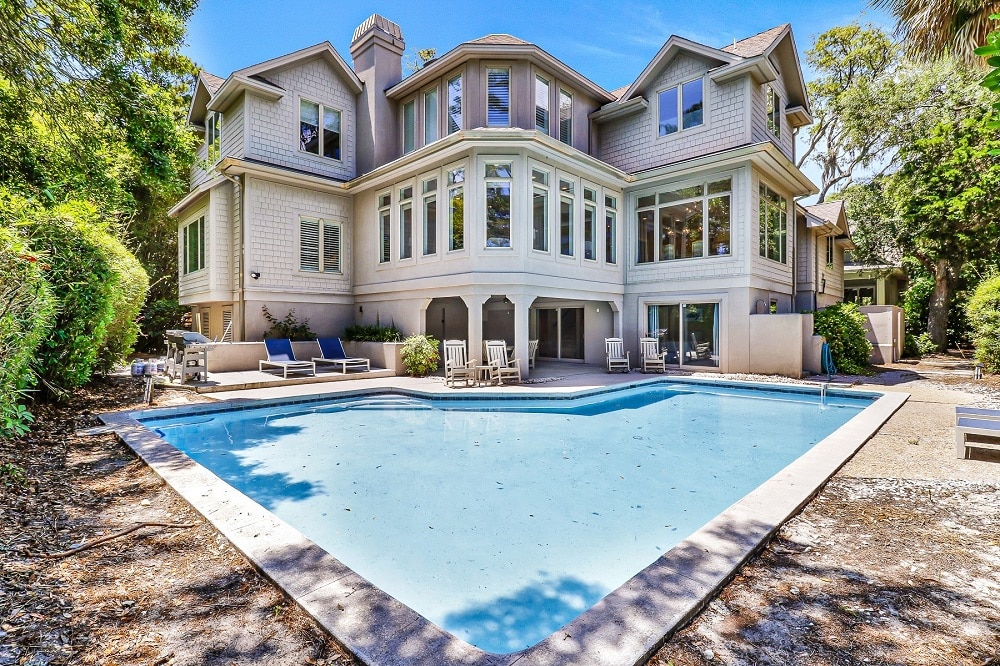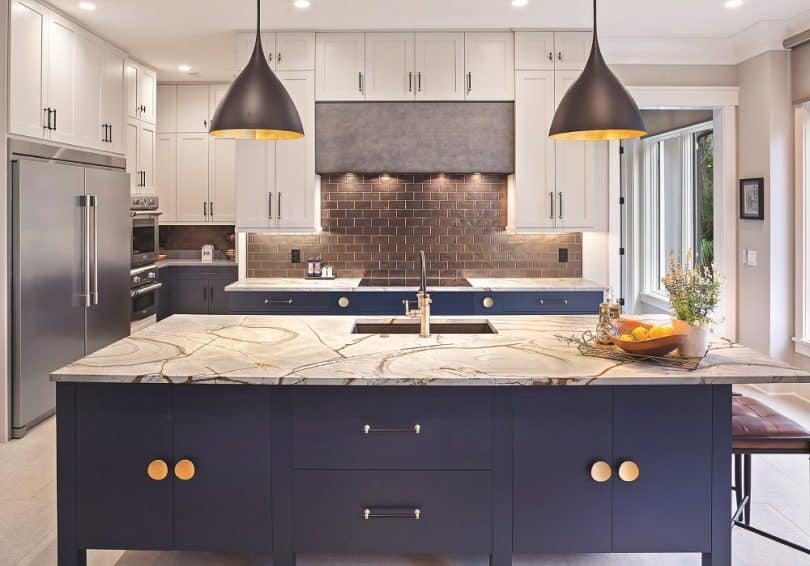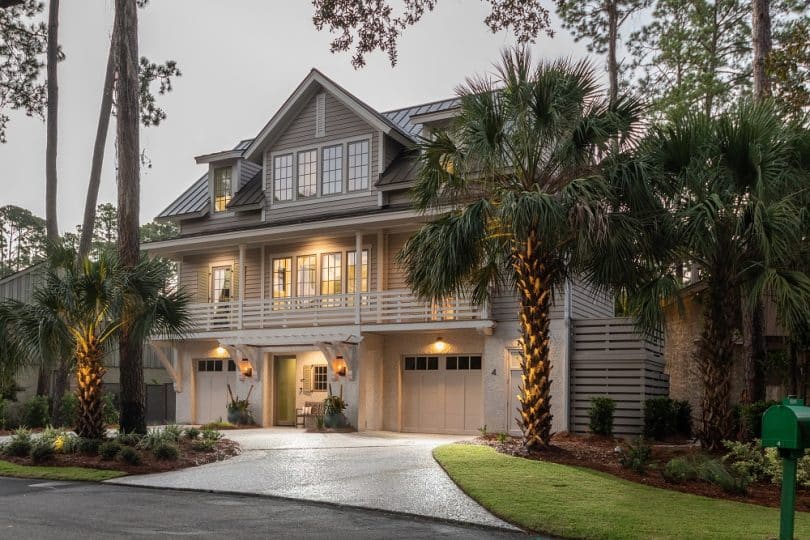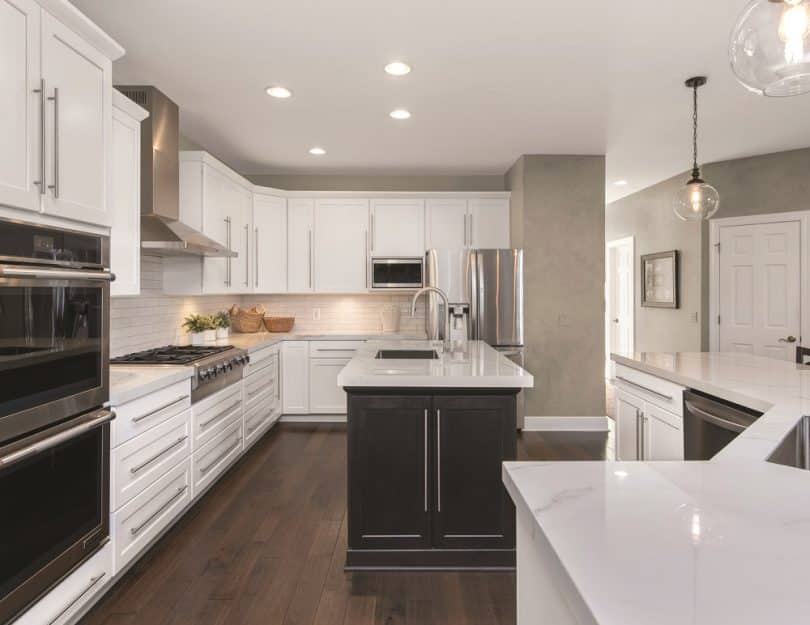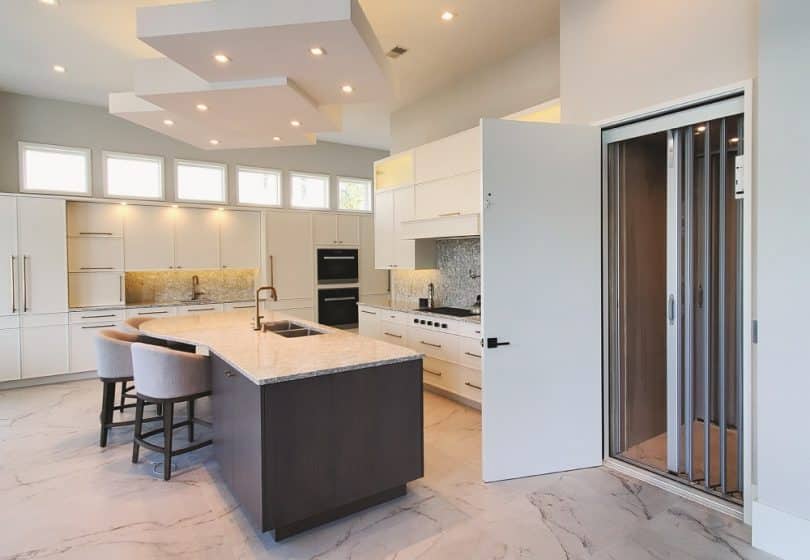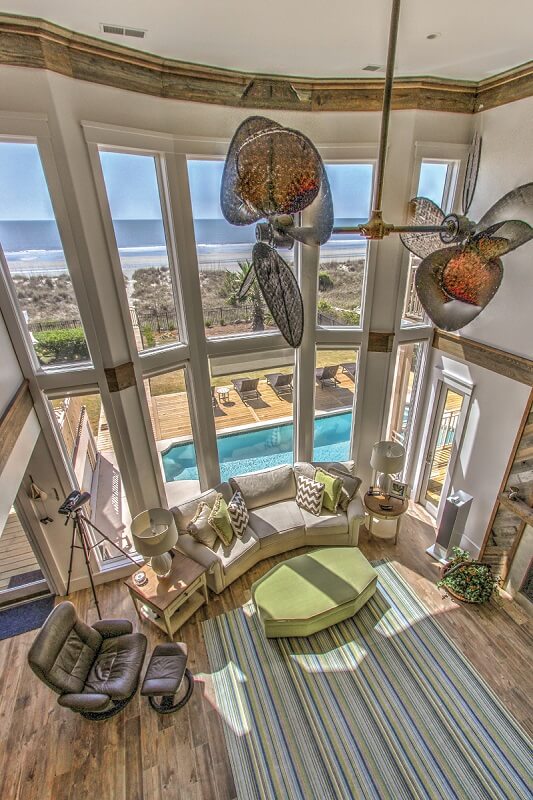Ceiling fans have been around since the industrial revolution, and today, they can be found in almost every home in America. With a simple concept that needs little improving upon, ceiling fans have been a charming supplement to home cooling and heating for more than a century.
What has defined the modern ceiling fan from its predecessor is the improvement of motor technology (instead of water power), controls and the addition of style to its functionality. Today, a myriad of designs, styles and light fixtures can be combined to create a fan that suites any interior. Many fan companies even offer theme-type fans, providing the perfect touch to a Bahamian style porch, nautical play area, or colonial interior.
When you’re ready to purchase a ceiling fan for your home, it’s easy to focus only on appearance. But construction, features, lighting capability, and efficiency are the things you really want to check out. The motor from a ceiling fan left on for a long period of time actually generates a great deal of heat contradicting its cooling properties. Although heat gain can be kept to a minimum by leaving the fan off when not being used, it still makes the case that high efficiency fans are worth the money you’ll spend on them.
A common mistakes people make is purchasing a fan that is too large or too small for a room. Blade sweeps vary in size and use varies as well. The best rule of thumb is to go as large as your room can accommodate; for maximum airflow, you want at least 18 inches of clearance between the edge of the blade and your wall or ceiling. The handy chart to the right will help you choose the best fan for any room.
Lowcountry Home Magazine
2 C Anolyn Ct, Bluffton, SC 29910
(843) 785-7272

